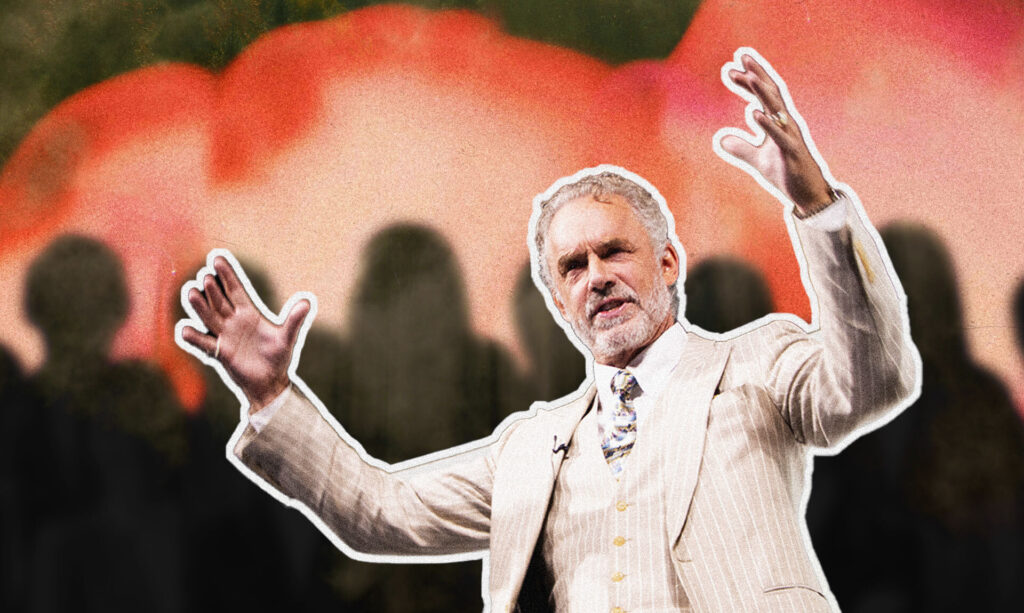Recently, I witnessed the destructive power of a tornado nearly firsthand. In Norman, Oklahoma on the evening of May 24, I watched the sky darken and unleash a battery of nickel sized hail. Then a funnel cloud twisted down from the clouds, even as the cloud line itself touched earth in the distance, where a tornado had landed. Later, grass and leaves came flying through the air and stuck to our window, debris propelled from miles away.
It was terrifying—and more than that, awe inspiring. But what happened in Oklahoma that day, while very destructive and deadly, was nothing near the death toll in Joplin, Missouri two days earlier, or in Alabama in April, a month that set a new record for tornado outbreaks. So much tornado destruction this year, and so many deaths, has inevitably led some to ask the question—could global warming be implicated here?
Fortunately, being in Norman, I was also in the place to ask one of our country’s top experts this question—Harold Brooks, a tornado specialist at the National Severe Storms Laboratory. Along with other mainstream scientists, Brooks agrees that “it’s abundantly clear that the surface temperature has increased, and will continue to increase, and the overwhelming evidence is that it’s due to human activities.” Brooks also thinks global warming is likely to impact many weather phenomena–increasing the risk of heat waves, for instance, and stronger precipitation events.
“But it doesn’t necessarily mean that every bad weather event is going to get worse,” Brooks continues, and when it comes to tornadoes, “I get really worried when people oversell the case.” After all, if we’re wrong and we go through a series of quiet tornado years in the coming years, it will be just another weapon with which to attack those who want climate action.
Why isn’t Brooks convinced that tornadoes are getting more numerous due to climate change? In short, it’s because the numbers of tornadic outbreaks don’t simply follow the temperature–meaning the problem is much more complicated. “Maximum tornado occurrence doesn’t happen during the summer time, but well before,” Brooks explains, “and the hottest years haven’t seen the most tornadoes.”
Indeed, neither the theory, nor the data, provide enough support at this point to claim that tornadoes should increase in number in a warming world.
Let’s cover theory first: Tornado formation is greatly enhanced by two key atmospheric parameters: convective available potential energy (or CAPE), which is a measure of atmospheric instability, and wind shear, which imparts rotation. (For more explanation, see here.) So one way of examining what will happen to tornadoes in a warming world is to examine how these variables are expected to change.
The answer, according to Brooks, is that it’s mixed—CAPE is expected to go up, but shear moves in the opposite direction. (One paper finding this result is Trapp et al, 2009.) “Physically the most important thing for the tornado problem is the wind shear, and the models predict it should decrease for a warming planet,” Brooks explains.
In addition to models, there’s the data on tornado occurrence over time. Here again, Brooks doesn’t see a trend related to rising temperatures. “When you look at the big years in the US, it’s the early 1970s for tornadoes,” he says. “That’s the coldest period in the US, and for a long time.” Even in the very warm 2000s, we saw some quiet years for tornadoes. “If I was going to expect to see an association with global warming, I would certainly expect the 2000s to have many more big years than the 1970s,” Brooks says.
None of this means we shouldn’t worry about global warming, or its weather impacts. And we definitely need to be ever vigilant in tornado prediction and emergency communication to the public. It’s just to say that when it comes to climate change, not every change in every weather phenomena is necessarily a worsening–or easily predictable or measurable. There are many, many things to worry about in a warming world, but at least at this point, it seems we should be cautious about including an increase in tornado activity on that list.
Subscribe to our newsletter
Stay up to date with DeSmog news and alerts







